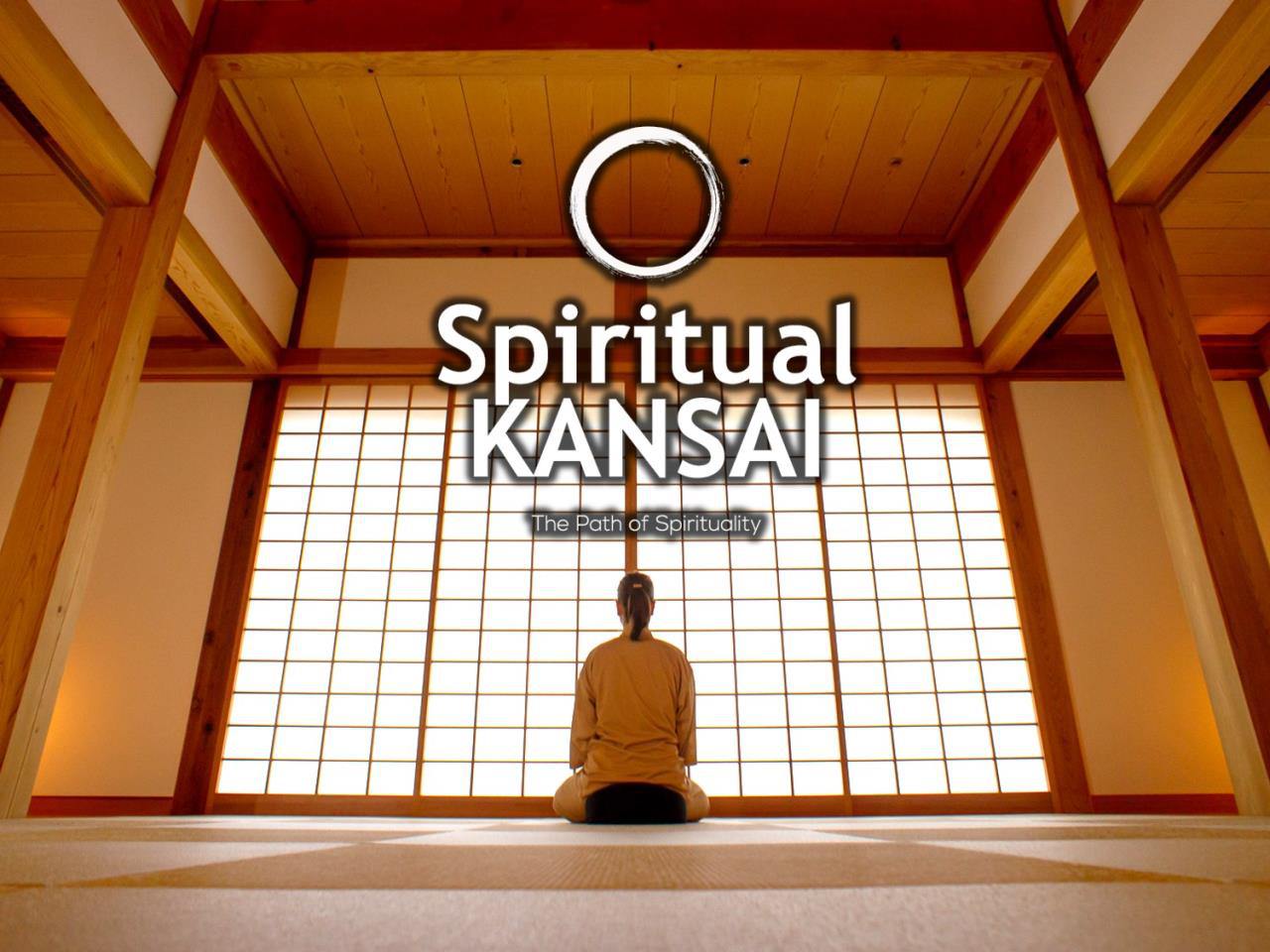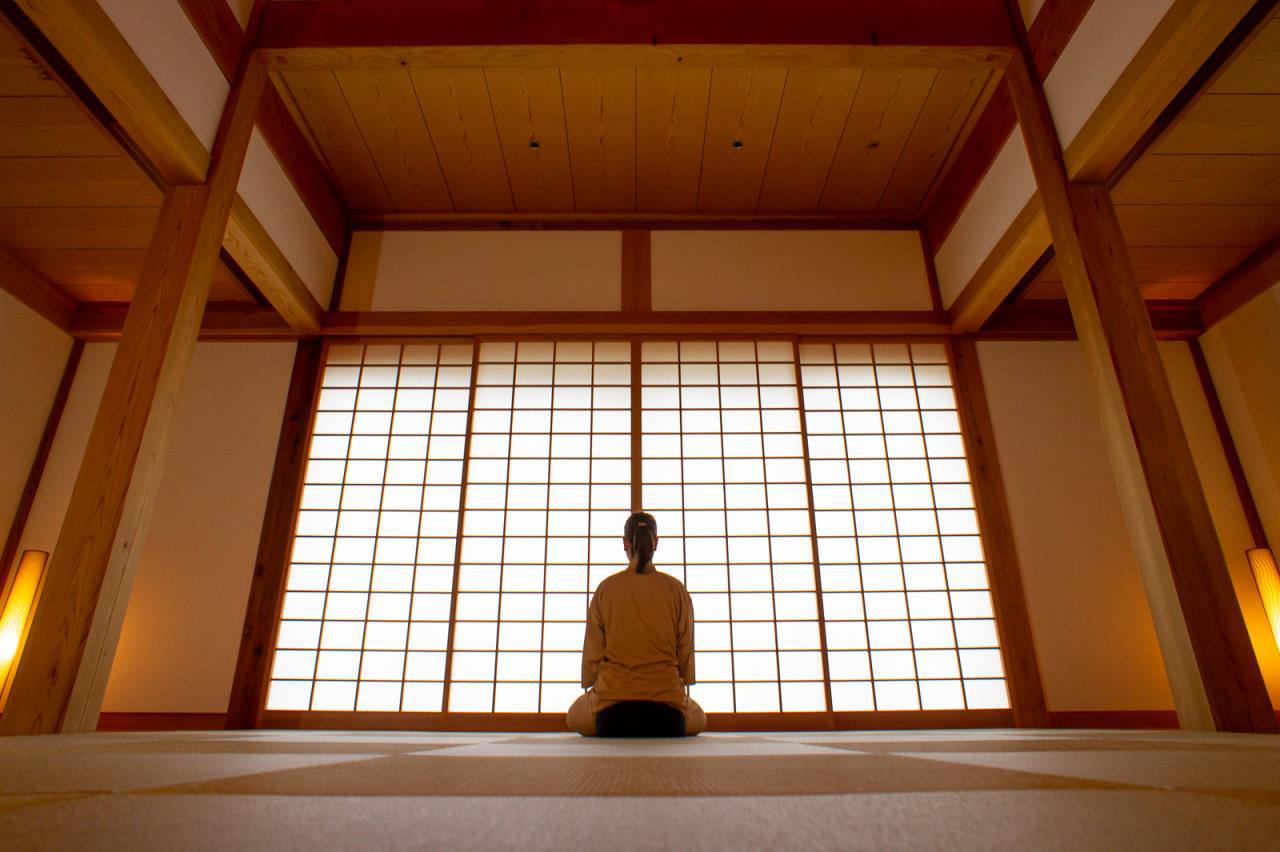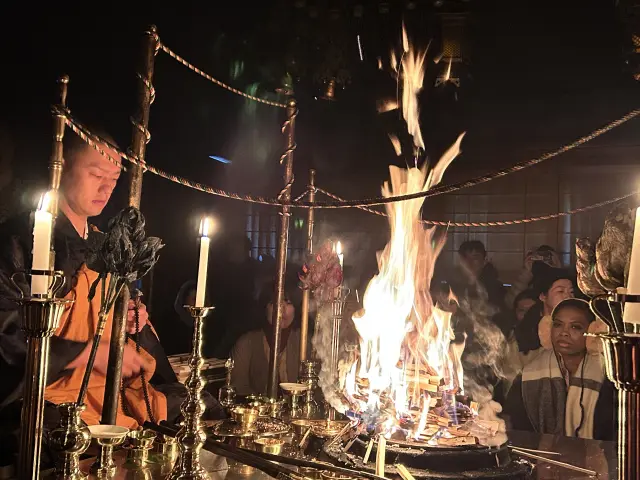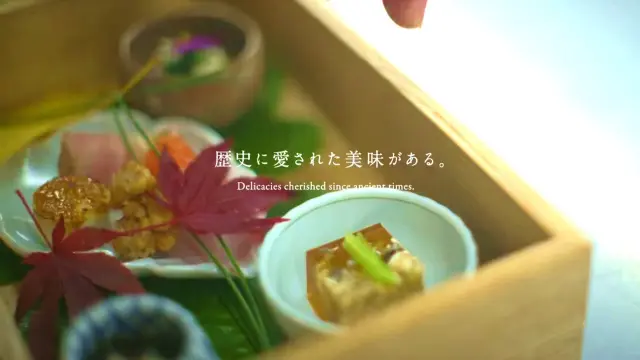
Spiritual KANSAI Series Blog9 : The way of meditation
Last update
The Kansai region is a sacred place for Japanese spiritual culture, and Kansai is full of genuine hospitality. We tried to extract various themes and put them together in columns under the title of "Spiritual KANSAI". In this blog series, we will introduce these columns in order. The 9th in the series is " The way of meditation ". (The following text is quoted from the Spiritual KANSAI column page (https://kansaiguide.jp/rt/eng/column/) of this site)
***************************
The way of meditation

The monk seats in silence. Only the sound of the fabric of his kesa (monk robe) can be heard each time he bends to take the lotus position. He lights up a stick of incense planted in a bowl of ashes. The smoke escapes from it as it burns, symbolizing the time passing by. The meditation can eventually begin and will last until the entire stick turns to dust.
To watch these impassive monks meditating is already amazing. A surreal aura emanates from them.
With my Western outlook and my Christian-influenced upbringing, It must be said that I have strong memories of my first steps taken around the spiritual Japanese places . This offers enough inspiration without being as complex as other religions based on too many tenets. Being invited to participate in some religious rites of temples and shrines without having to take vows or perform baptisms is a miracle. Every man and woman seemed welcome without any value judgement or questioning of their own convictions and differences. A tolerance that forces respect and opens up a new approach to spirituality to the newly arrived visitor.
I experienced my first introduction to the methods of zazen when I arrived at the Hakujukan in Fukui. This original place, an annex accommodation of the Eiheiji, the main temple of Zen Buddhism Sōtō, offers a modern approach to temple accommodation. Japanese style but luxurious, the Hakujukan also offers the services of a Zen Concierge who is a certified trainer from the Eiheiji temple and allows you to penetrate into this complex world in a very smooth way.
Practicing another zazen type alongside Takahashi-san, a monk from the Daianzenji temple in Fukui, I quickly understood that breathing was the basis of all meditations. Whatever the currents are, being conscious of how to breath and mastering it is already meditation. Something as natural as inhaling and exhaling air can then become really challenging. Because we never take the time to think that this is what we are doing at that specific moment. Here, it is a question of connecting to this unconscious act that is essential to life. We are immediately brought back to our human condition and to the most basic need, that is breathing.
Buddhist vegetarian cuisine
The Shōjin ryōri cuisine of the monks does not work in one way. Whoever receives the meal is also required to maintain essential principles. To eat is to receive life. It is to pay homage to the one who is going to gather it, to prepare it to serve it to you. Making the effort to prepare a meal is already honoring it. Waste has to be avoided and as is the tradition in Japan, it is appreciated to eat without leaving a single grain of rice in your bowl.
Like all the things that seem simple on the surface, cooking Shōjin ryōri is actually very complex. Based on the quality of the products, we are talking about fine cuisine without any artifice. The delicacy of the broths, the freshness of the vegetables cooked to perfection. Sweet but also full of taste. Once the meal is over, the stomach is full, but not heavy. We can definitely enjoy the feeling after having this delicious experience. Mind and body seem to be purified.
Calligraphy
Breathing during meditation, to eat the monks' cuisine. Usual things, which cannot be considered difficult to carry out and yet which reveal all their importance in Buddhist spirituality. This is also true when it comes to writing. By hand, with a brush, ideograms, certainly, but still, the practice requires such concentration that the trajectory of the vision seems to shrink to only focus on the essential objective of the ritual. The heat of the body increases and, even without realizing it, we nearly end up into a meditative state.
Check also...
![Take a leisurely stroll in the retro and fashionable space [Kuroe, the town of Kishu lacquerware]](/kansaiguide/data/article/21000/20278/20250618_133123_770e1e88_w640.webp)
Take a leisurely stroll in the retro and fashionable space [Kuroe, the town of Kishu lacquerware]

Consider your accommodation in the Kansai area!

Restrictions on Large Baggage

Hidden Stories in Stone: Exploring Japan’s Castle Walls

Feel Like a Lord: Castle with Stunning Panorama Views

Experience the True Essence of Japan through Castles, Cultural Treasures, and Timeless Gardens

Departing from Osaka, Exploring Wakayama and Tokushima: A Journey Connecting Mountains and Sea with a Focus on Mindful Sustainability

